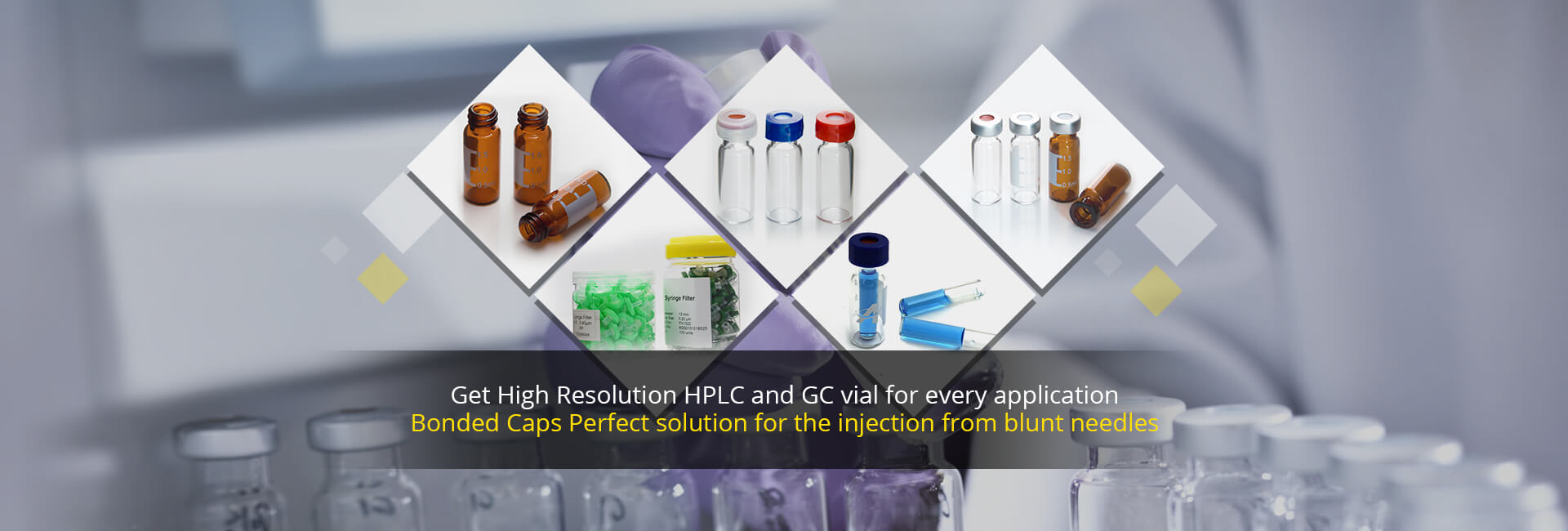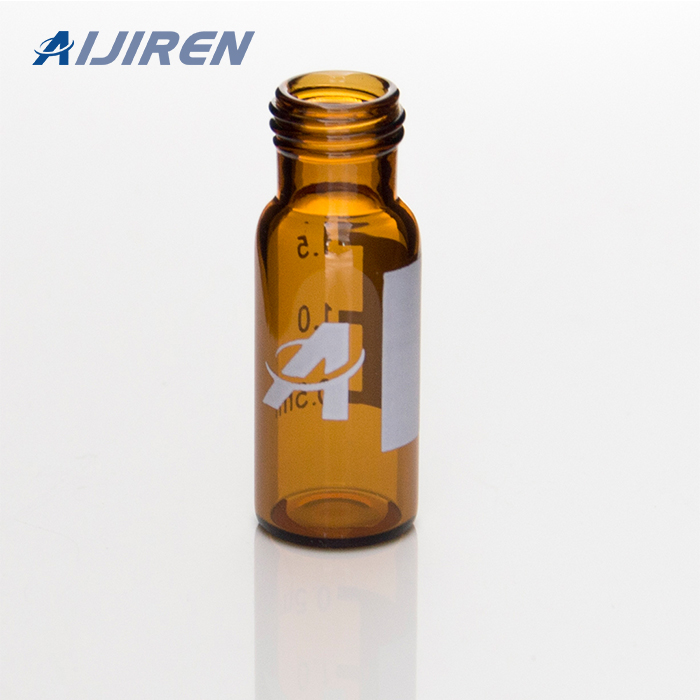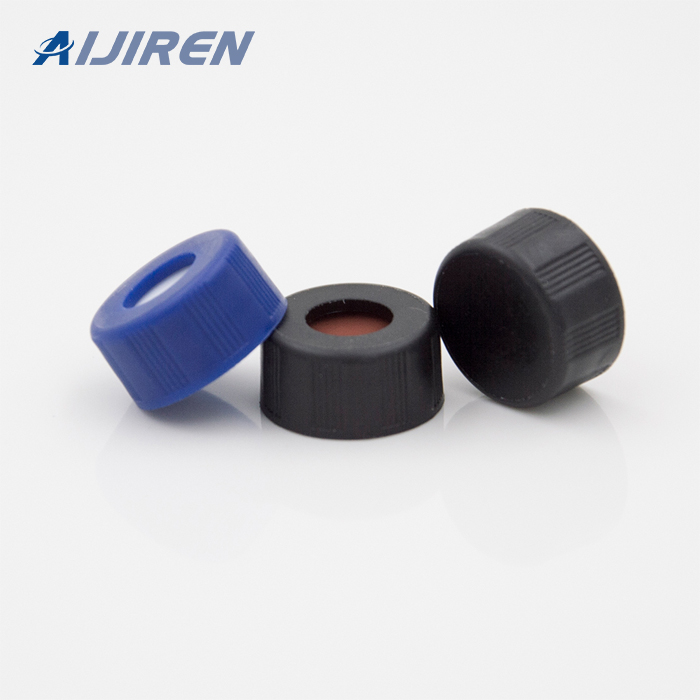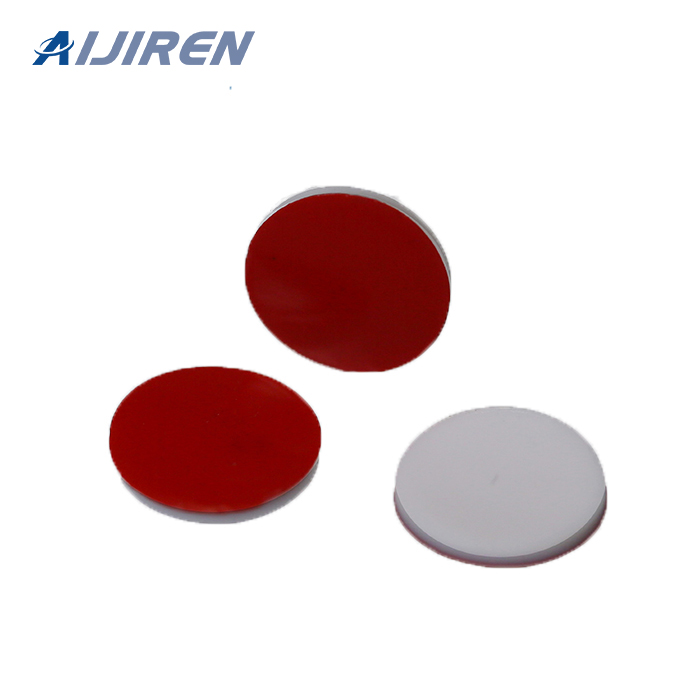




Borosilicate glass is a type of glass with silica and boron trioxide as the main glass-forming constituents. Borosilicate glasses are known for having very low coefficients of thermal expansion (≈3 × 10 −6 K −1 at 20 °C), making them more resistant to thermal shock than any other common glass.
20ml HPLC black screw cap lab autosampler vials analysis Borosilicate glass chromatographicsample Reagent bottle with POF Film US $0.058 - $0.059 / Piece
The dielectric material compositions are 55 wt.% Al 2 O 3 and 45 wt.% lead borosilicate glass for G-C(I), 45 wt.% cordierite (2MgO · 2Al 2 O 3 · 5SiO 2) and 55 wt.% borosilicate glass for G-C(II), 35 wt.% SiO 2, and 65 wt.% borosilicate glass for G-C(III). The optimum sintering temperature for these materials is about 900 °C in air.
Because borosilicate glass doesn’t expand like ordinary glass, there is a smoother transition between temperatures as well as the ability to withstand different temperatures at the same time. Borosilicate glass has an extremely low coefficient of linear expansion (3.3 x 10 –6 K –1 ) as a result of its low thermal expansion.
glass composition used thick film compositions Prior art date 1983-07-25 Legal status (The legal status is an assumption and is not a legal conclusion. Google has not performed a legal analysis and makes no representation as to the accuracy of the status listed.) Withdrawn Application number EP19840108641 Other languages German (de) French (fr
Borosilicate glass begins to soften around 821 °C (1510 °F); at this temperature, the viscosity of type 7740 Pyrex is 10 7.6 poise. Borosilicate glass is less dense than ordinary glass. While more resistant to thermal shock than other types of glass, borosilicate glass can still crack or shatter when subject to rapid or uneven temperature
Organic Chemistry Lab Glassware Kit Borosilicate Glass 3.3 & In Stock Made with borosilicate glass, low linear coefficient of expansion and high annealing point Over 2000 different kinds of Laboratory Glassware Opereating under 5S environment and ISO 9001:2008 Quality Manegement System 1,ISO standard 2,All joint are 24/29 3, Material: Borosilicate Glass 3.3 4,You will receive all the items as
Alkaline-earth-containing borosilicate glass SiO2 - 75% and B2O3 – 8 –12%, alkaline earths and alumina (Al2O3) 5% . Softer glasses which have thermal expansion in the range (4.0–5.0 × 10–6 K−1). High-borate borosilicate glass B2O3 – 15 –25% , SiO2 – 65 –70%, and smaller amounts of alkalis and Al2O3 as additional
Non-alkaline earth borosilicate glass (borosilicate glass 3.3) The B 2 O 3 content for borosilicate glass is typically 12–13 % and the SiO 2 content over 80 %. High chemical durability and low thermal expansion (3.3 x 10–6/K) – the lowest of all commercial glasses for largescale technical applications – make this a multitalented glass
Apr 24, 2007 · Hummel Croton Inc. 10 Harmich Road South Plainfield, NJ 07080 Tel:908-754-1800 / Fax 908-754-1815 : Material Safety Data Sheet
Oct 11, 2007 · The density of the Pu LaBS glass is greater than a Sodium Borosilicate (NaBS) glass such as a typical DWPF glass. A typical DWPF glass has a density of nominally 2.58 g/cm 3 while the Pu LaBS glass fabricated from Frit B has a measured density of 3.57 g/cm 3. Consequently in a PCT-A with a ratio of 10 mL of leachant per gram of glass, there
stonylab Glass Chromatography Column, Borosilicate Glass 24/40 Joint Chromatography Column with Fritted Disc and PTFE Stopcock, 300mm Effective Length 50mm Column O.D. $89.95 StonyLab Borosilicate Glass Liebig Condenser with 24/40 Joint 400mm Jacket Length Lab Glass Condenser
Chromatography is used to separate mixtures of substances into their components. All forms of chromatography work on the same principle. They all have a stationary phase (a solid, or a liquid supported on a solid) and a mobile phase (a liquid or a gas).
Overview. Chromatography is ideal for teaching the principles of protein and nucleic acid purification. Chromatography materials including instruments, columns, media, and other chromatography supplies are provided in convenient formats to perform the most common chromatographic techniques.
Viscometer, Test Tube Graduated, Beaker, Chromatography Reservior, Beaker Low Form with Spout, Beaker Tall Form with Spout, BOD Bottle with Interchangable Stopper, Burette Stop Cock Borosilicate Glass,Burette Rota Flow-Single Bore, Dessicators Non- Vaccum, Dessicators Vaccum,Distillation Apparatus, Flask Conical (ERLENMETER),Flask Conical with Interchangable Stopper,Flask Conical Filteration